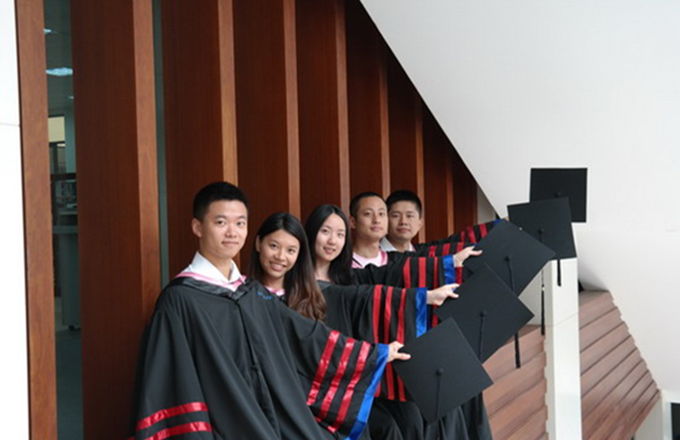China’s vice Finance Minister: China made two major contributions to world economy in 2016
 |
|
Zhu Guangyao, China’s vice Finance Minister, is delivering a speech during the quarterly Macroeconomic Forecast seminar held Jan 8 which had a theme of “Advance forward while maintaining stability for the Chinese economy 2017” and was organized by the Center for China in the World Economy (CCWE) of Tsinghua university.[Photo by Wu Zheyu/chinadaily.com.cn] |
Zhu Guangyao, China’s vice Finance Minister, has noted two major contributions that China made to the world economy in 2016: one was the aggregate benefit of its economic activity, the other was a development philosophy that broadens global development.
He spoke during the quarterly Macroeconomic Forecast seminar held Jan 8 which had a theme of “Advance forward while maintaining stability for the Chinese economy 2017” and was organized by the Center for China in the World Economy (CCWE) of Tsinghua university.
Li Daokui, director of CCWE, explained that he set the theme in response to the tone of the recent Central Economic Work Conference, which in turn accorded with the latest research report his institute completed predicting trends in both the Chinese and world economy in 2017. The research covered vital indicators such as fixed asset investment, PPI and CPI, currency and capital flows, bond markets, consumption, and imports and exports, and concluded that the international situation is faced with widespread dislocation, while the Chinese economy should stabilize and then advance at a slow pace.
The messages sent by the recent Central Economic Work Conference were explained by Vice Minister Zhu in these words:
“China must adhere to the principle of supply-side reform, moderately enhance consumption demands of the people, strengthen expectation management and innovation-driven development modes, comprehensively put forward stabilizing economic growth while deepening reform, adjust economic structures, and improve people’s livelihoods and risk prevention to guarantee that the Chinese economy will develop in a healthy and sustainable way and foster social harmony and stability.”
Yu Bing, deputy director of the Development Research Center of the State Council (DRC), compared the messages to the seemingly similar themes of meetings in previous years.
He said, “The extraordinary changes come in three aspects. Firstly, the goal of stabilizing growth will now primarily be met by preventing risks rather than securing employment. Secondly, measures of stabilizing growth will be upgraded from increasing infrastructure investment by government to lowering the corporate tax burden to inspire an inner power in the economy. Thirdly, we usually stimulate demand to stabilize growth, but the key issue for now is to let the demand side come back to a healthy level in accordance with supply. The severe imbalance between supply and demand needs to be addressed, so a healthy adjustment between the two sides is still a major goal.”
Yu pointed out that coincidentally the DRC and CCWE have made similar predictions for the Chinese GDP growth rate in 2017, 6.5% and 6.6% respectively.
Yu added that one of the two contributions Zhu mentioned, the aggregate of added economic value, can be explained quantitatively. He said, “In 2016, China contributed more than 31 percent of the newly added volume of the global economy. That figure is calculated on the fact that China’s gross economy amounted to 11 trillion USD in 2015, and the IMF calculated that its 2016 GDP growth rate would be 6.6%. Given that the first three quarters’ data consistently indicate growth of 6.7%, it is likely that growth of at least 6.7 percent would be accurate for 2016 as a whole. On that basis the aggregate of newly added economic value created by the Chinese economy would be 726 billion USD, or 31% of the 2.28 trillion USD newly added to the world’s economy in 2016.”
Zhu commented: “It is a remarkable achievement that any one country could make such an incredible contribution to the world.”
The other contribution noted by Zhu was China’s global development philosophy expressed during the G20 summit.
“China’s five development concepts of innovation, coordination, green economy, opening up and sharing, converted naturally to strong, sustainable, balanced and inclusive growth within the framework of the G20 summit. All the G20 leaders agreed to broadening the concept. The previous framework of G20 nations put forward at the 2009 Pittsburgh Summit only included strong, sustainable and balanced growth. This is an incredible mark that China leaves on the history of G20’s development, and a major conceptual achievement that China has dedicated for world development.”





















